One of the truly beautiful parts of soccer is its variance. There isn’t just one way to play, or one way to win, or one way to be successful.
Soccer is a free-flowing, constantly evolving organism. You can see that through tactics, where teams all across the world still approach the game in vastly different ways. Managers with differing styles can all believe that they play the game “the right way” and not be wrong.
It’s great.
That variance extends past the white lines in stadiums and training fields and goes straight to the boardroom, to meetings with those tasked with building rosters, and to WhatsApp negotiations for new players. We see diverse approaches not just in tactical philosophies, but in roster building strategies. In MLS, with a salary cap and roster rules which sometimes (okay, often to the casual soccer fan) extend to an esoteric realm, the variance in roster builds is kicked up another notch.
So today, I’m going to break down some of MLS’s defined ideologies.
To be clear: while the archetypes generally fit specific teams, these strategies often overlap. Just because a team spends big at the top of their roster doesn’t mean they aren’t also looking to the SuperDraft for contributors. Clubs also change ethos from time-to-time. Columbus went for an in-prime star Lucas Zelarayan in 2020 because they felt they were one piece away from truly contending for a trophy. Cincinnati and San Jose went to correct mistakes from previous regimes that didn’t quite appreciate the in-league market.
These strategies are not listed in any particular order, nor is this a ranking of the “best” or “worst” way to build a club. Everything is nuanced here, people.
Off we go.
TOP-END SPENDING
Best examples: Atlanta United, Toronto FC
A fairly straight-forward group: follow the money.
Atlanta United are responsible for each of the three most expensive transfers in MLS history (Thiago Almada, Gonzalo “Pity” Martinez and Ezequiel Barco). The latter two, at the very least, didn’t come anywhere close to meeting expectations. Undeterred, Atlanta went ahead and broke the league transfer record again this offseason by signing Almada for $16 million. Transfer fees for non-DPs like Marcelino Moreno, Santiago Sosa, Alan Franco, and others make this the most opulent group in the league in terms of transfer fees.
Most expensive transfers in MLS history:
— Tom Bogert (@tombogert) February 9, 2022
1. Thiago Almada - Atlanta United - $16m
2. Pity Martinez - Atlanta United - $15.5m
3. Ezequiel Barco - Atlanta United - $15m
4. Brenner - FC Cincinnati - $13m
5. Rodolfo Pizarro - Inter Miami - $12m
6. Luiz Araujo - Atlanta United - $12m
The Five Stripes also went big to get Tata Martino as their first coach, swung for Frank de Boer and Gabriel Heinze… and then parted ways with both before long, cost be damned. They have 2018 MLS Cup, 2019 U.S. Open Cup, and 2019 Campeones Cup to show for it.
Toronto were among the trendsetters in this group. They spent $10 million on Michael Bradley and a similar figure on Jermaine Defore, before swapping him for Jozy Altidore. Sebastian Giovinco was very well compensated, Alejandro Pozuelo signed for $11 million. This year, they made Lorenzo Insigne the highest paid player in the league. Fernando Bernardeschi — I’m going to go out on a limb here — won’t be cheap either.
They had no problem getting out of Altidore’s extension in a contract buyout (i.e. still paying him to play for someone else), shipping Pozuelo for $150,000 of GAM, swapping Yeferson Soteldo ($6 million fee) for Carlos Salcedo, who they allowed leave for free on a contract termination. It’s not just spending big, it’s continuing to do so again and again.
TFC famously won the 2017 treble — MLS Cup, Supporters’ Shield, Canadian Championship — as the apex moment in this era.
Keep an eye on the Chicago Fire pushing their way into this group under Joe Mansueto.
QUALITY INTERNATIONALS + MLS-BASED CORE
Best examples: Seattle Sounders, New England Revolution, Columbus Crew
This group has certainly spent significant money on their DPs, but don’t have the same type of transfer fees (or general disregard to sunk cost) as Atlanta and Toronto.
The Seattle Sounders have been the best example, but the Columbus Crew and New England Revolution are strong contenders. All three have won trophies in recent years, so we’ll give them all the distinction of “best”. The Crew are getting close to pricing themselves out with the Cucho Hernandez fee ($10.5m), though.
Still, Seattle are at the forefront here with their sustained success.
They seamlessly transitioned from early-prime Fredy Montero to Clint Dempsey/Obafemi Martins to Nico Lodeiro and then Raul Ruidiaz and now also Joao Paulo, Yeimar Andrade, Albert Rusnak, and more. Along the way, they’ve had Chad Marshall, Ozzie Alonso and Brad Evans, and now Cristian Roldan, Jordan Morris, Stefan Frei, Alex Roldan and veteran Fredy Montero as the MLS-based core.
NEWS | Raúl Ruidíaz, João Paulo & Xavier Arreaga have signed contract extensions.
— Seattle Sounders FC (@SoundersFC) February 5, 2022
“Raúl, João Paulo & Xavier have proven they are important pieces of the club’s success, and we’re pleased to have signed each of them to contract extensions.” 💚
📝 https://t.co/vDJyfit9Su pic.twitter.com/bRX8vPBPZ1
This team has never missed the playoffs. They are almost always competing for trophies. High-end talent plus a consistent, MLS-experienced core is how you enjoy diverse and dependable success.
New England set a new league record for points last year in large part due to Carles Gil, Gustavo Bou and Adam Buksa… but also Andrew Farrell, Matt Turner, Matt Polster, Tajon Buchanan, and co. Columbus won MLS Cup in 2020 behind Lucas Zelarayan… but also Darlington Nagbe, Jonathan Mensah, Gyasi Zardes and others. It’s a balance.
VALUE SIGNINGS + DEVELOPMENTAL EMPHASIS
Best example: Philadelphia Union
Philadelphia are the current best example in this category, given their sustained success over the last five years and the 2020 Supporters’ Shield trophy that they have to show for it. The Colorado Rapids are another strong one in this mold and CF Montreal are a new entrant to this group, accelerated under Wilfried Nancy, over the last 18-24 months.
Let’s go one by one.
Philly get headlines for Brenden Aaronson, Mark McKenzie, and Auston Trusty coming out of their academy, but they also plucked Kai Wagner out of the German third tier, Kacper Przybylko out of free agency/considering an injury-induced retirement, Jose Martinez out of Venezuela for a nominal fee, Leon Flach from the German second tier, and Julian Carranza on a rare intra-league loan from Miami.
Feels like a good time to point out that the Philadelphia Union have a $500k GAM purchase option in Julian Carranza on this loan from Inter Miami, I'm told. https://t.co/DIebnvkMqX
— Tom Bogert (@tombogert) July 9, 2022
They won a trophy in 2020 and have been near the top of the East for years now. The Union also made it to a conference final last year and finished in the semifinals of the Concacaf Champions League, all while spending relatively little on their first team roster.
Colorado also use the academy (Sam Vines, Cole Bassett) and have been super active in intra-league trades, adding Kellyn Acosta, Jonathan Lewis, Mark-Anthony Kaye, Lalas Abubakar, and Trusty over the years. They topped the Western Conference in 2021.
Montreal have diverted from the Nacho Piatti and Didier Drogba days – now they’re a super young, energetic side, led by Djordje Mihailovic who arrived via an intra-league trade. Their lone DP is Victor Wanyama.
FC Dallas obviously fit the academy/developmental part of this whole thing, but after spending $7 million on Alan Velasco, $2m GAM on Paul Arriola, $1 million on a goalkeeper, I can’t in good conscience put them in here. That’s a good thing for Dallas fans. More spending on the first team is good.
GLOBAL CONGLOMERATES
Examples: NYCFC, New York Red Bulls
A narrow category, I admit. NYCFC and RBNY use lots of different roster-building tools, but at their core, they are part of their family of clubs.
These MLS outposts have the inherent advantage of a global scouting network and deals between sister clubs and both clubs have had consistent success under the stewardship of their global conglomerates. The New York Red Bulls haven’t missed the playoffs in a decade, picking up a few Supporters’ Shields along the way. NYCFC missed the playoffs only in their expansion season and won MLS Cup last year.
🙌 2021 MLS Cup Champions 🙌 pic.twitter.com/A0BAMJOh1Y
— New York City Football Club (@NYCFC) March 12, 2022
This group, like the next, is super specific and unreplicable for any ol’ team. It’s also becoming more and more the way of the world, with ownerships having portfolios of clubs. Real Salt Lake could push to enter this category, with owner David Blitzer’s stakes in numerous European clubs.
GLAMOR DESTINATIONS
Examples: LAFC, LA Galaxy, Inter Miami
These teams will have infinite more opportunity to sign the likes of Gareth Bale, Carlos Vela, Giorgio Chiellini, Chicharito, Douglas Costa, Steven Gerrard, Gonzalo Higuain, Blaise Matuidi, and Lionel Messi than any other MLS team. For better or worse.
Other MLS clubs can’t plan to sign Bale and Chiellini on TAM-deals. LAFC couldn’t even really plan for it either, I suppose, but they had the chance and they pulled it off.
Gareth Bale is Black & Gold.
— LAFC (@LAFC) June 27, 2022
🤝 #LAFC Transfers presented by @remitly.
A team like Sporting Kansas City might like the idea of signing Messi, but this dude has been talking about Miami since David Beckham officially got the expansion club.
That’s not to (necessarily) suggest these teams have no plan. Look at LAFC. They had been signing U-20 World Cup standouts and bringing in rising talents from South America. Then this winter, they added, like, 1,000 games of MLS experience. That approach puts them in the developmental emphasis and the quality internationals + MLS-experienced core categories, too.
Miami have been building with a real plan this year and have the semblance of a cohesive group for the first time in their brief MLS existence. The Galaxy are building under Greg Vanney, too.
But these three teams have market-based advantages (and potential pitfalls, as Miami can tell you with Higuain and Matuidi) that no others do.
DOMESTIC/MLS-BASED CORE
Best example: Nashville SC
Nashville’s inaugural roster build gave them a foundation for success from day one. It was a team primarily made up of players from within the league (and the SuperDraft).
The key additions from that first offseason include Walker Zimmerman, Dax McCarty, Joe Willis, Anibal Godoy, Dave Romney, Dan Lovitz, and Jack Maher. All seven remain big parts of the team today, along with Alex Muyl, CJ Sapong, and Sean Davis. All told, it’s worked really well.
Sources: Nashville SC have agreed a deal to sign free agent midfielder Sean Davis.
— Tom Bogert (@tombogert) December 30, 2021
Davis, 28, made 172 MLS appearances with the New York Red Bulls, was their captain and academy product. He was heavily sought-after in MLS.
This isn’t to suggest Nashville don’t look internationally, of course. They signed former German youth international Hany Mukhtar from Denmark. He was an MVP finalist last year and is on his way to at least that level again this year. But few teams have had more success finding talent within the league and from the SuperDraft and few expansion teams in this era appreciated domestic-based talent like Nashville.
San Jose have turned this way over the last year under Chris Leitch, adding Jeremy Ebobisse, Jamiro Monteiro, and Jan Gregus over the last 12 months.
STRONG INTERNATIONAL FOCUS
Best example: Portland Timbers
Of the 16 players who spent time on the field for Portland in their recent win over the Seattle Sounders, Eryk Williamson was the only domestic-born player. The Timbers have long focused on maintaining a strong infusion of international talent.
The best part for Portland is that the signings have been long-term, meaning they become players who also provide valuable MLS experience. Plus, they have a front office that’s been around the league forever, with a head coach who has also been around American soccer forever. It’s more nuanced (and successful) than just scoffing at the domestic talent pool and looking elsewhere.
Diego Valeri became a legend for almost a decade at this club, Diego Chara is still running around, kicking people and nuking opponents’ transitions at Providence Park. Even someone like Dairon Asprilla has been around for seven years (!) now.
There’s only one Diego Chara. #RCTID pic.twitter.com/ROQrbynguH
— Portland Timbers (@TimbersFC) January 14, 2022
Charlotte FC generally fit into this box with their inaugural roster build. It looks like St. Louis City will, too.


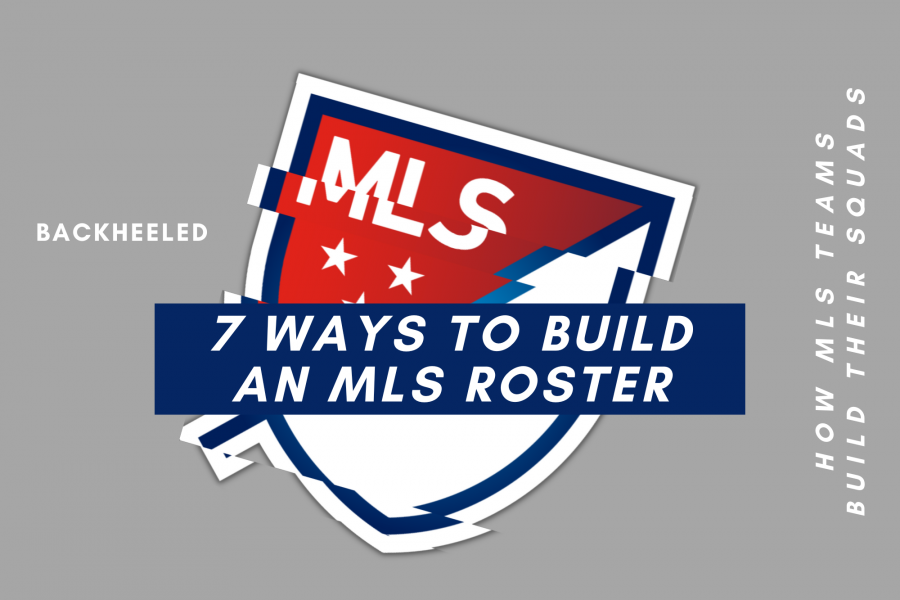
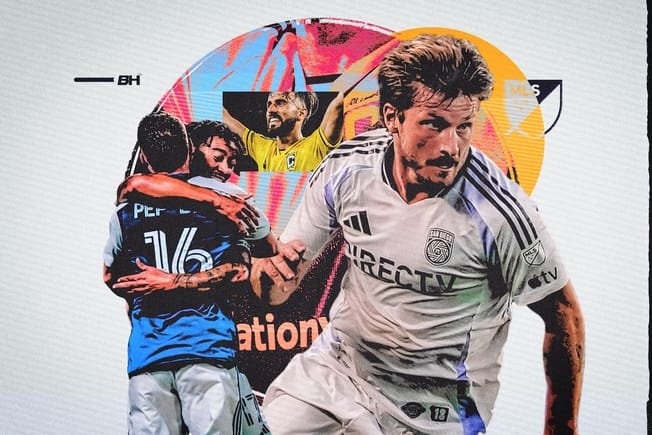
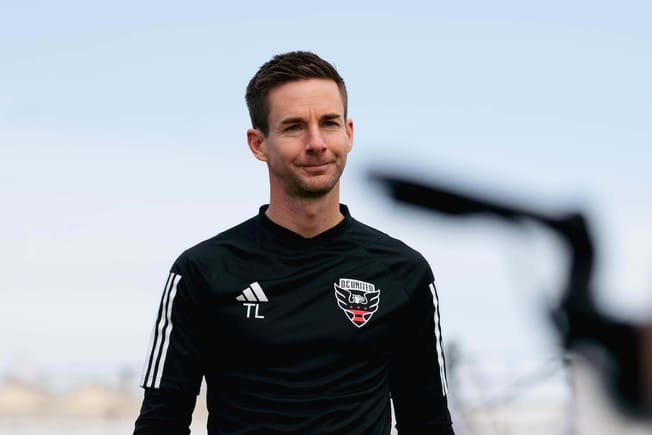
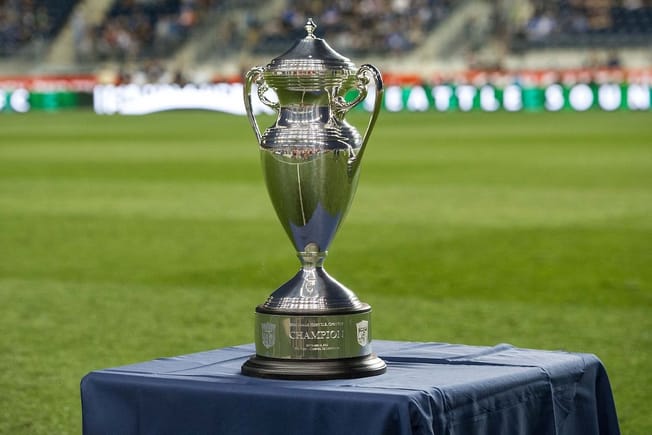
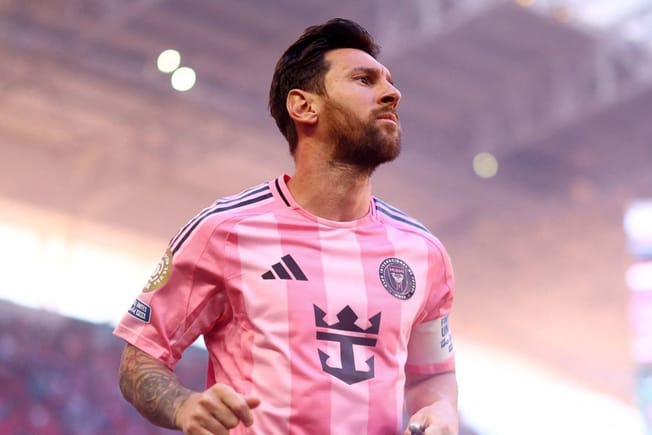
Comments